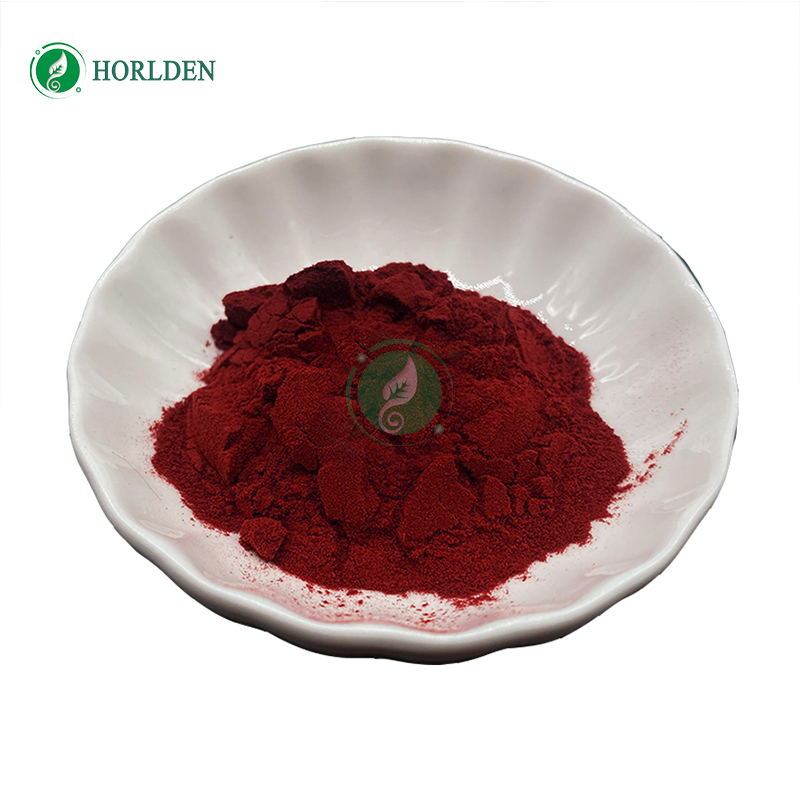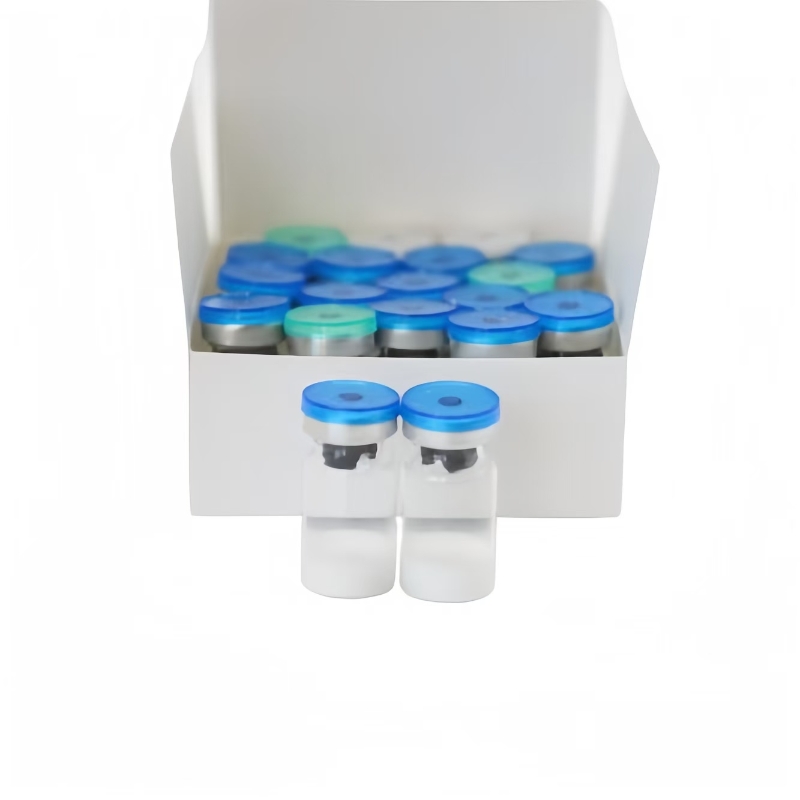Four months after the implementation of the registration classification of new chemical drugs, a blowout occurred in the declaration of Class 1 new drugs
-
Last Update: 2016-07-19
-
Source: Internet
-
Author: User
Search more information of high quality chemicals, good prices and reliable suppliers, visit
www.echemi.com
On March 4 this year, CFDA issued the work plan for the reform of chemical drug registration and classification, which adjusted the registration and classification of chemical drugs, and stipulated that the declaration of chemical drugs should be implemented according to the new registration and classification from the date of issuance Therefore, March 4 is a demarcation line Previous registration applications can be reviewed and approved either in accordance with the original provisions or in accordance with the new registration classification; later registration applications will be implemented in accordance with the new registration classification At present, the registration and classification of new chemical drugs have been implemented for more than April The author notes that since July 11, the registration and classification of new chemical drugs of category 1 undertaken by CDE has quietly changed, and the former 1.1 no longer exists, but the new drug of category 1 is replaced By July 18, the applications of new chemical drugs of category 1 undertaken by CDE are also shown as category 1 Therefore, after four months of transition, most of the chemical registration applications accepted by the provincial bureaus before March 4 have arrived at CDE After March 4, class 1 new drugs declared according to the new classification have also arrived at CDE in succession, marking the end of the era of old chemical registration and classification and the official opening of the era of new chemical registration and classification During the 8 days from July 11 to 18, CDE accepted 9 applications for new chemical drugs of category 1, involving 7 varieties of 6 enterprises, with blowout potential Next, let's see who are the pioneers under the registration classification of new chemicals CDE recently undertook the application for registration of class 1 new chemical drugs Ibovetai is an HIV fusion inhibitor developed by cutting-edge biology HIV-1 fusion inhibitors can block the fusion of the virus and the target cell membrane and inhibit the virus from entering the target cell, which can cut off the transmission of HIV-1 at the initial stage of infection At present, the world's similar drugs mainly include Roche's enfuviride and Pfizer's maraviroc Among them, maravirro was approved for import in China in March 2014 Compared with the two doses of enflucetin and malavero once a day, ibovectal once a week has obvious advantages Ibovetai approved clinical practice in 2008, and in February 2012, the company successively launched three phases of clinical practice in 12 clinical centers nationwide In June 2016, frontier biology announced that its validation phase III clinical trial reached all preset clinical end-point indicators in advance This time, it submitted a production application, and the drug may be the first long-term HIV fusion inhibitor in the world Brivanib, a selective double inhibitor of vascular endothelial growth factor (VEGFR) and fibroblast growth factor (FGF) receptor, was developed by Bristol Myers Squibb Company, which is mainly used to treat HCC and other solid tumors BMS applied for import in 2008, 2009 and 2011 and was approved for clinical application In 2013, in a phase III clinical trial called brisk-fl, when britnib was used for the first-line treatment of advanced HCC, it did not reach the main end point of overall survival (OS) not inferior to sorafenib, and its tolerance was worse than sorafenib In March 2015, the company granted the right of development, production and commercial promotion of the drug in Greater China to zaiding pharmaceutical Fluorine [18F] alpha peptide fluorine [18F] alpha peptide is jointly declared by Jiangsu shimekang Pharmaceutical Co., Ltd and Taizhou Qirui There is not much information available about the drug It is understood that f [18F] alpha peptide was jointly developed by the center for molecular imaging and translational medicine of Xiamen University and Professor Chen Xiaoyuan Laboratory of biomedical imaging and Bioengineering Institute of the National Institutes of health It can be used to detect the development of tumor and drug response, and can be used for early treatment of tumor Cyclodextrin (fg-4592) is a small molecule inhibitor of hypoxia inducible factor (HIF) It is mainly used in anemia related to chronic kidney disease (CKD) and end-stage kidney disease (ESRD), and has the potential to treat other anemia It is currently in phase III clinical research stage in the world The drug was first developed by fibrogen In 2006, astralas acquired the rights of the drug in Japan, Europe, the Commonwealth of Independent States, the Middle East and South Africa In 2013, AstraZeneca acquired the rights of fg-4592 in the United States, China and certain other markets In China, the drug was first imported by Beijing famarezzi Technology Co., Ltd in 2009 and approved for clinical use in 2010 In 2014, fabergin (China) Pharmaceutical Technology Development Co., Ltd applied for class 1.1 clinical application of chemical drugs, and was approved for clinical application in 2015 According to the drug clinical trial registration and information publicity platform, there are currently two phase III clinical trials of the drug to evaluate the safety and effectiveness of Kemei in chronic renal anemia of dialysis subjects and chronic renal anemia of non dialysis subjects The former has completed the recruitment of subjects, while the latter is in progress Sophalofovir / vepatavir sophalofovir / vepatavir (epclusa) is a compound preparation composed of NS5B polynucleoside inhibitor (sophalovir) and pan gene NS5A inhibitor (vepatavir), which is used in the treatment of hepatitis C Sophalofovir / epclusa, developed by Gilead company, was approved by the FDA and the European Commission on June 28 and July 8, respectively It is the first oral drug targeting six hepatitis C genotypes in the world In addition, it has been approved in combination with ribavirin for the treatment of moderate to severe cirrhosis Since the drug was declared earlier in China than in the United States, it took the last bus of a class of new drugs The clinical application is also the spray dried dispersions of the weapaphim, which is the raw material for one of the components of the tablets of zapapv / weimaphim.
This article is an English version of an article which is originally in the Chinese language on echemi.com and is provided for information purposes only.
This website makes no representation or warranty of any kind, either expressed or implied, as to the accuracy, completeness ownership or reliability of
the article or any translations thereof. If you have any concerns or complaints relating to the article, please send an email, providing a detailed
description of the concern or complaint, to
service@echemi.com. A staff member will contact you within 5 working days. Once verified, infringing content
will be removed immediately.







